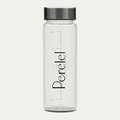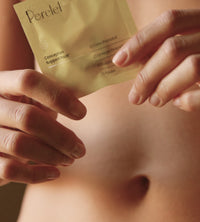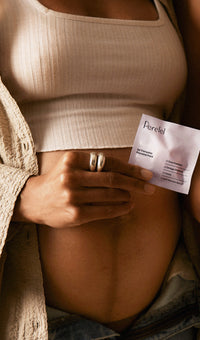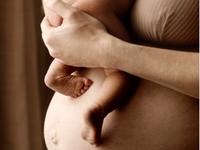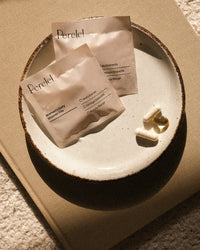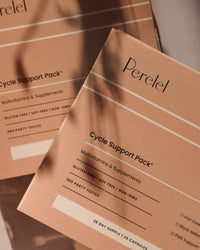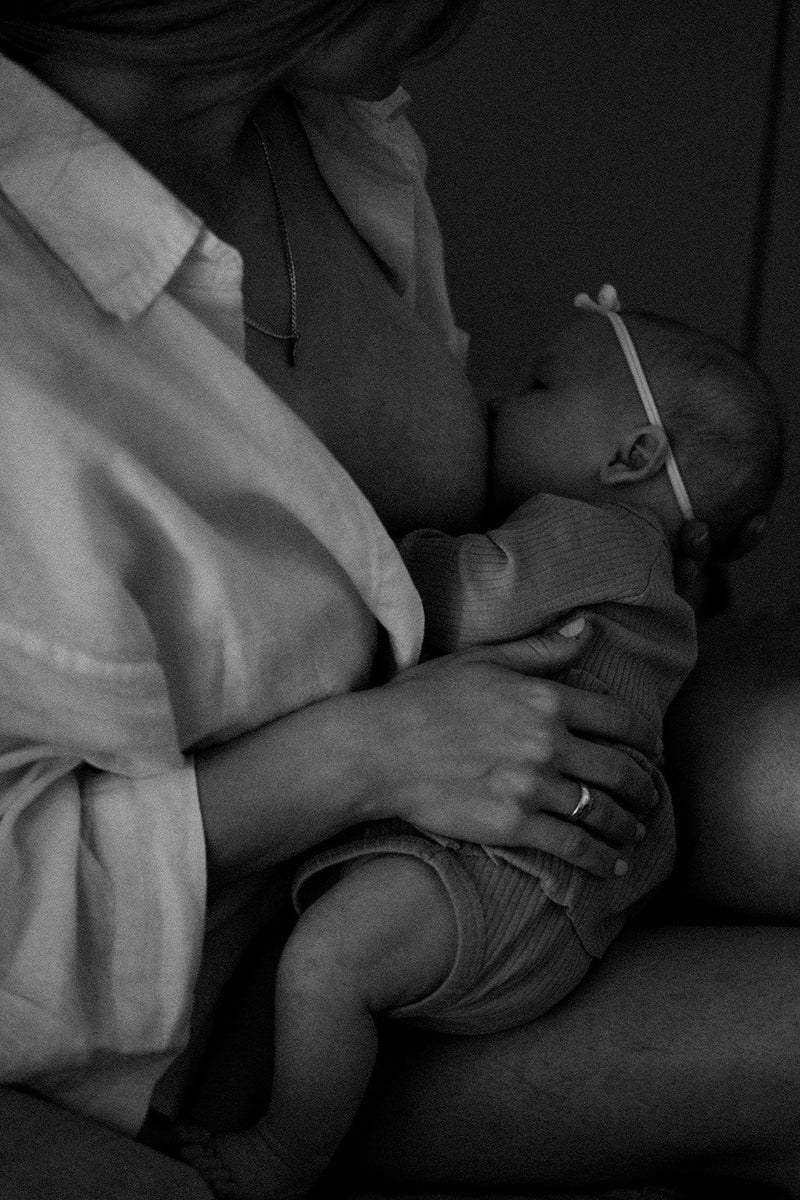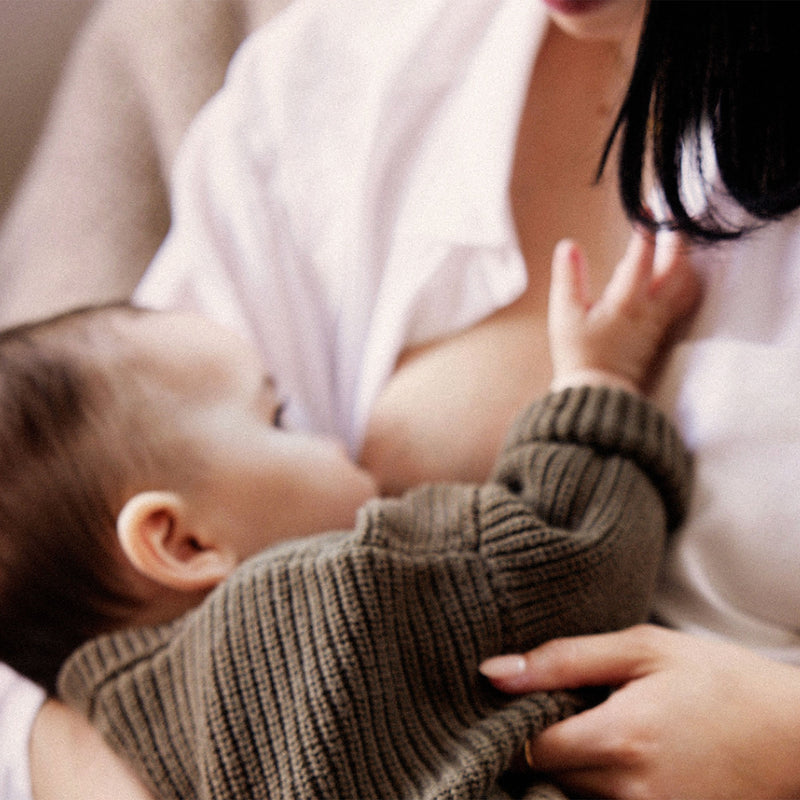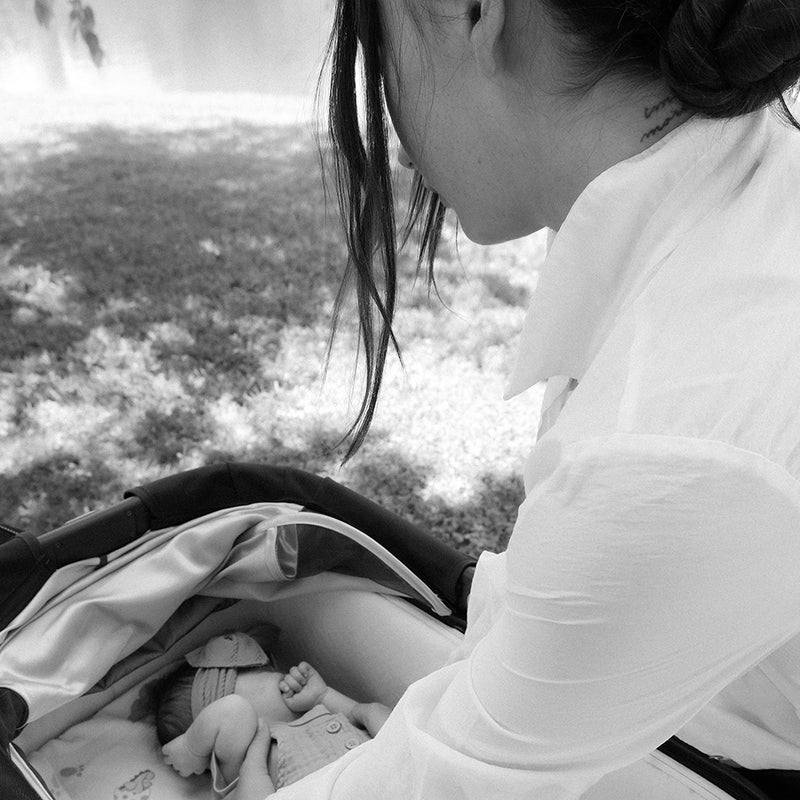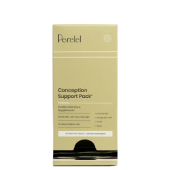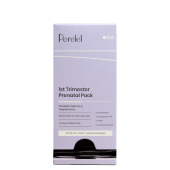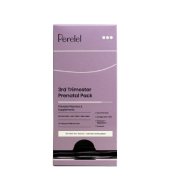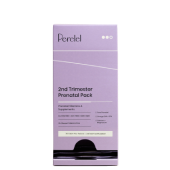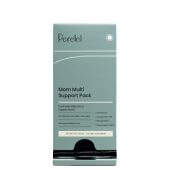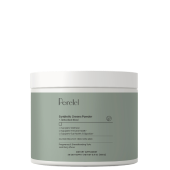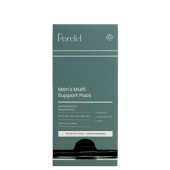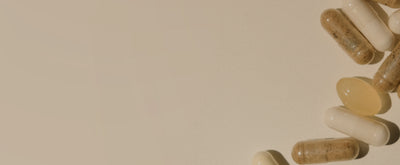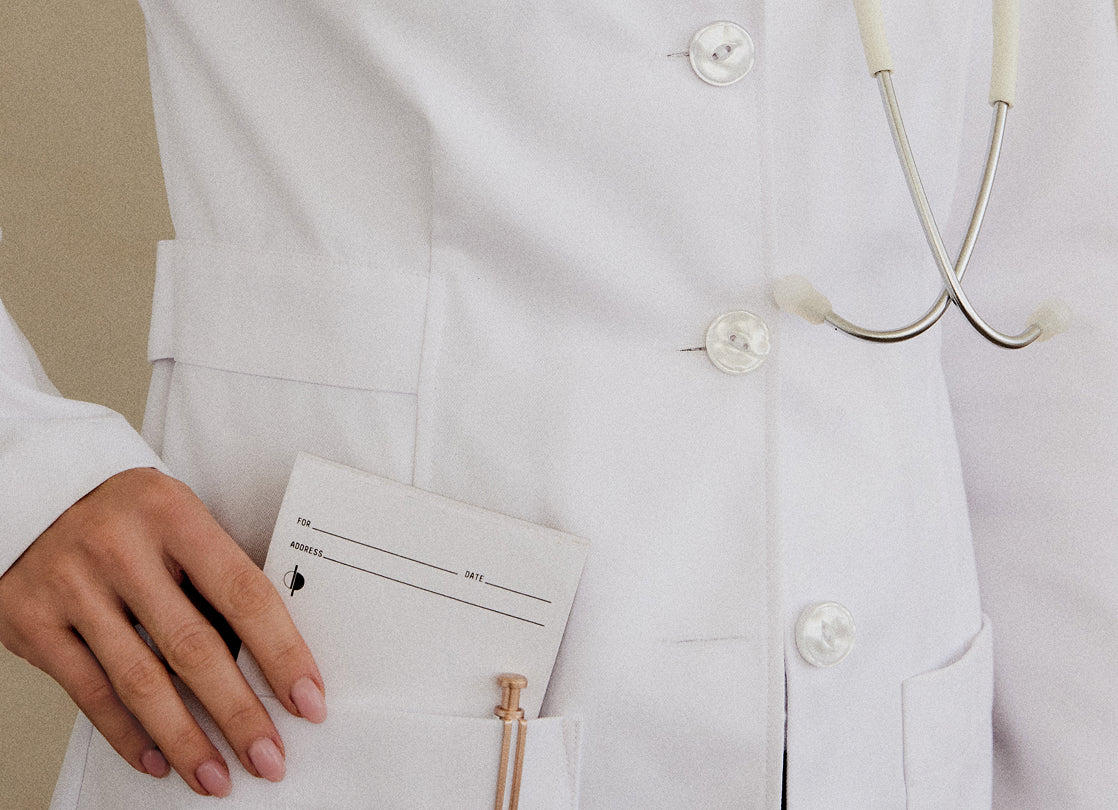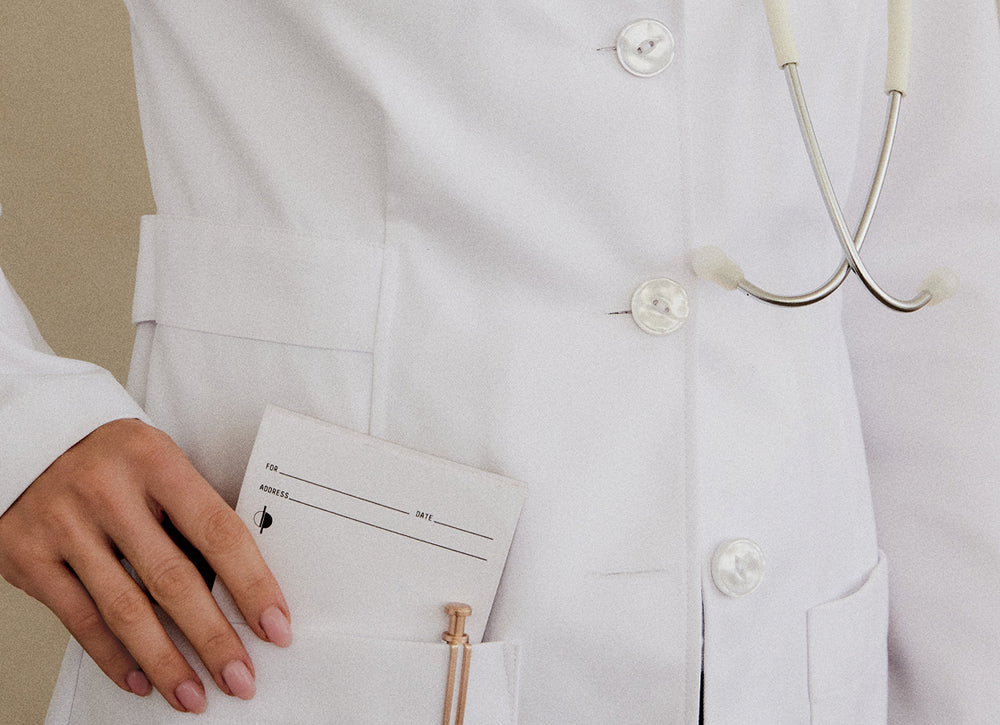Pregnancy and motherhood—they’re two of the most colossal life-changing, identity-shifting, soul-fulfilling, mind-blowing, exceptionally-challenging things a person can go through. And we probably don’t have to tell you, but the road is laden with physical changes as well. And yes, this (perhaps obviously) includes breast changes.
To explain all the breast changes can go through post-baby (and during breastfeeding), we talked to Dr. Bayati, MD, board-certified OB/GYN. Spoiler alert: Pretty much everything is normal. And we have a few strategies to help you combat dramatic shifts.
Shop the Article:
Physically, what are some of the changes women can expect to see when they stop breastfeeding?
If you're breastfeeding exclusively, periods take longer to return than if you're bottle feeding or doing a combination. While women can get their periods two to 12 weeks after giving birth, breastfeeding prolongs this—which means it can come months after. "On average, cycles return between five to nine months after birth ," says Dr. Bayati. "This can occur earlier despite breastfeeding or come much later once breastfeeding is done. It depends very much on each individual's circumstances."
When it comes to how your body feels, that's also very individual. “Women can experience a sense of return to normal with cycle return in regards to mood, libido, energy and focus. But some can also experience a declining mood immediately following a wean off of breastfeeding, especially if the wean is not gradual.”
“Metabolism rates can slow following breastfeeding wean and thus many can experience a slight weight gain. However, again, we are all different and many finally can shed the last few pounds of pregnancy weight gain only after they wean completely. No two people are alike in how they experience all the changes of postpartum,” Dr. Bayati explains.
What's happening biologically to cause breast shrinkage?
“Breast changes are common with pregnancy and breastfeeding. During pregnancy and breastfeeding the breasts grow significantly and typically become denser. The ligaments that support your breast tissue also loosen and stretch to allow for this growth," says Dr. Bayati.
After breastfeeding is done the fatty and connective tissues of your breast will again shift and change. "This can lead to changes in size and shape. Some women will notice their breasts remain large, but a majority notice shrinkage. It’s important to note that the changes can also be asymmetric with different changes in different breasts,” Dr. Bayati explains.
Plus, things like genetics, weight gain during pregnancy, the number of pregnancies and even age at the time of pregnancy has an impact.
What exactly is going on with the nipple situation?
“The nipple and areola complex, as we call it, will become larger and more pronounced in pregnancy. As the breasts get larger and the veins become so much more prominent, the nipples and areola typically darken and the oil glands surrounding the nipples may be noticed for the first time,” Dr. Bayati says.
“Following breastfeeding, the color typically lightens and the area becomes smaller and all the veins in your breasts are no longer as visible with the decrease in blood flow and prolactin hormone. Nipples decrease in size but similar to your belly button, they may never quite be exactly the same. But truly, your whole body, mind and soul is changing with each pregnancy and time.”
What are some tips to minimize the changes that may occur?
“It is unclear if there are clinically-proven ways to minimize changes to your breast tissue, but it’s very important to know the benefits of breastfeeding. It is also important to realize that breastfeeding is very demanding and takes tremendous support and commitment especially with the first pregnancy,” Dr. Bayati advises.
With that said, there are things to consider that may help with some of these changes. "Rapid weight gain during pregnancy can exacerbate changes. Thus, a clean diet and good exercise regimen heading into pregnancy and maintenance through pregnancy will help. Maintaining healthy, hydrated skin is important. Enhancing your diet with clean protein and collagen sources may also be helpful. Reducing trauma to the breasts from improper latches, excessive pumping, clogged ducts, mastitis, infections and gradual weaning should be considered as well," says Dr. Bayati.
Next up: Other postpartum stats, including how to handle postpartum anxiety.
Sign up to receive doctor-backed, stage-specific content in your inbox each week.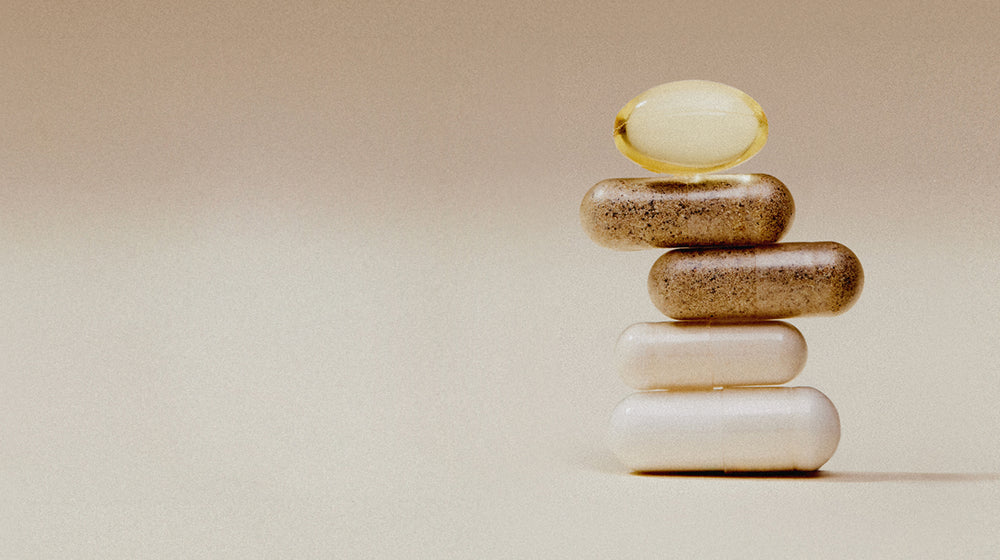
theFolio in Your Inbox
This article is for informational purposes only. It is not, nor is it intended to be, a substitute for professional medical advice, diagnosis, or treatment and we recommend that you always consult with your healthcare provider. To the extent that this article features the advice of physicians or medical practitioners, the views expressed are the views of the cited expert and do not necessarily represent the views of Perelel.
